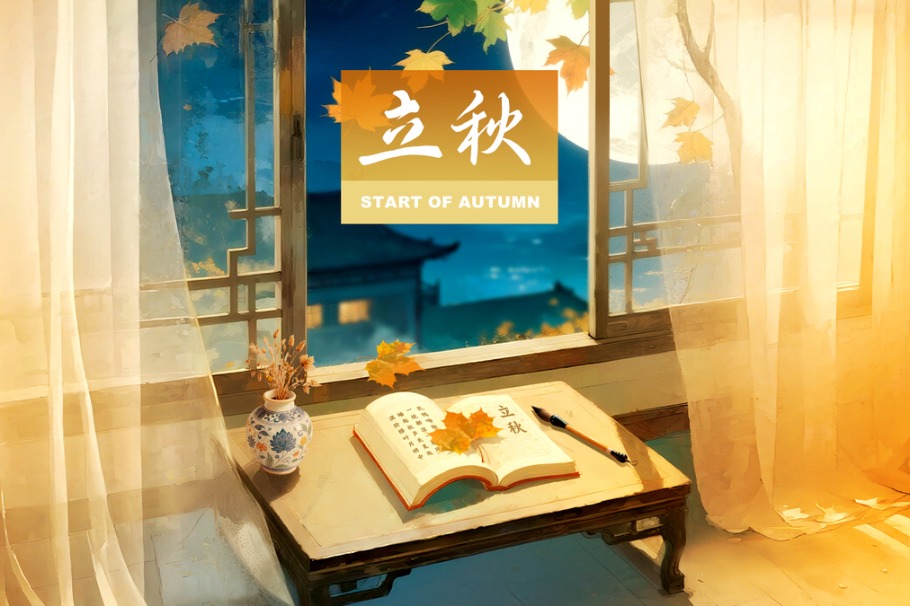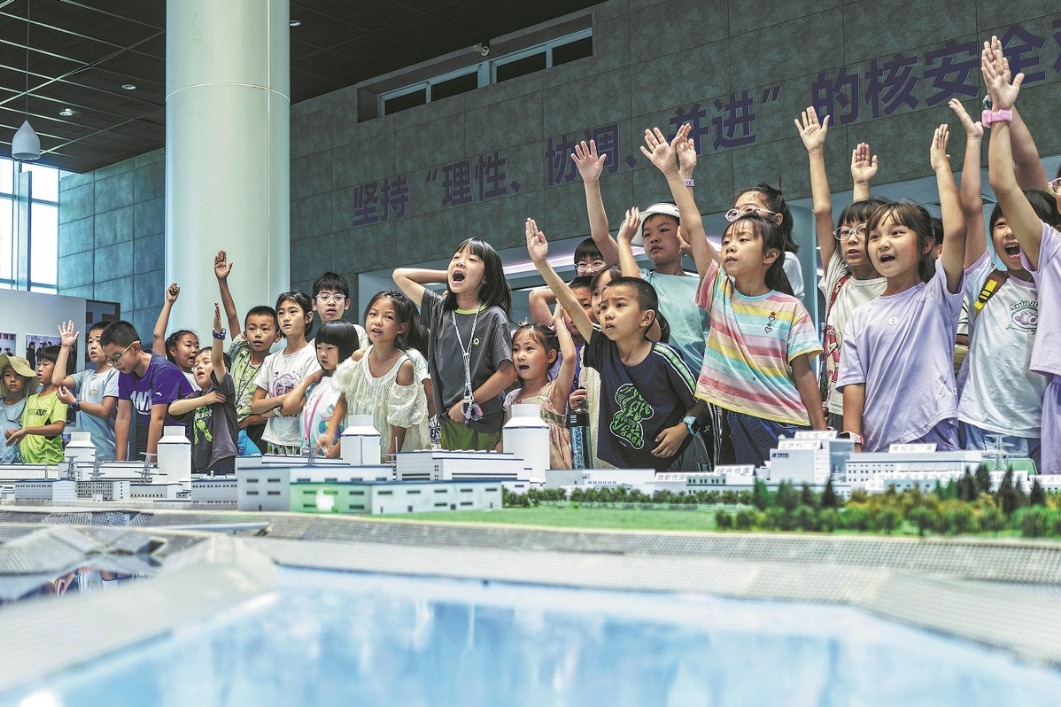Get behind the wheel and go with the flow
With its historical sites and stunning natural vistas, the Yellow River Highway doesn't just trace the route of the country's second biggest waterway, but the story of China itself, Xing Yi reports.

There is perhaps no other body of water in China that has more stories to tell than the Yellow River-the mythical legends of the origin of the Han Chinese, the revolutionary stories about Communist Party of China during the civil war, the glorious and bitter life of arguably the nation's greatest historian, and the early life of President Xi Jinping, as he lived and worked alongside the villagers of Liangjiahe for seven years-h(huán)istory happens in places where the Yellow River flows by.
Following the current of the Yellow River in Northwest China's Shaanxi province is like tracing the flow of history. Fortunately, there is a scenic highway upon which to do just that.
Completed in 2017, the 800-kilometer "Yanhuang Guanguang Road" connects 50 places of interest, offering breathtaking views of the country's second longest river and dozens of stories at historic sites along the way.
A self-driving tour along the route, I imagined, would be a journey of exploration for both history buffs and nature lovers alike, so I resolved to navigate it during last year's Spring Festival holiday. I was joined in the car by my father, who is obsessed with history, my mother, who loves hiking and traveling, and my wife, who has little knowledge about my home province of Shaanxi.
Grand historian
Setting out from the provincial capital of Xi'an, we drove east. After passing the famous site of the Terracotta Warriors, we stopped at Hancheng, a county-level city on the western bank of the Yellow River and the hometown of Sima Qian, a key historian of the Western Han Dynasty (206 BC-AD 24).
Sima is considered the father of Chinese historiography for Historical Records, a book he wrote about China's ancient history which spans more than 2,000 years from the legendary ancestors of the Chinese Han ethnic group, the tribal leaders Yandi and Huangdi, and the formation of the first Chinese nation to the reigning sovereign of his own time, Emperor Wu of the Western Han Dynasty.
The book served as a model for the official recording of history for subsequent dynasties and is well known among ordinary Chinese, as excerpts are still taught in schools because of its succinct style and objective historical view.
The temple of memorial for Sima Qian is perched on a small hill south of Hancheng, where a stone road paved 800 years ago leads to what is believed to be the tomb of the historian-a 3-meter high yurt-shaped stone vault with a circumference of 8 meters, on which stands a giant cypress tree that branches out in five directions.
An information sign nearby says that the tomb was built in AD 310 and has been restored several times by later generations, and the existing burial mound was built under the orders of Kublai Khan, the founder of the Yuan Dynasty (1271-1368).
Departing the tomb of the grand historian, we visited the old town of Hancheng where street hawkers sell souvenirs and local specialties such as pepper-flavored yogurt and holein-the-wall restaurants provide noodles, dumplings, buns and lamb soup.
Cities in Shaanxi boast a long history, and Hancheng is particularly famous in the province as it preserves one sixth of the country's surviving Yuan Dynasty architecture, according to Gao Shaowu, director of the city's culture and tourism bureau.
To the northeast of the city, the 700-year-old Dangjia village lies in a valley, where about 300 families still live in their well-decorated gray stone houses, the majority of whom are descendants of the Dang family who were the first settlers there. During our visit, the residents-who now mostly work in tourism-related jobs-performed a traditional marital ceremony and we experienced the pomp of a local wedding.
Wild waterfall
Saying farewell to Hancheng, we drove three hours north along the Yellow River and reached the renowned Hukou Waterfall, the second-largest waterfall in the country after Huangguoshu Waterfall in southwestern Guizhou province.
Upstream, the river is 300 meters wide, but blocked by mountains on both sides, it abruptly bottlenecks, narrowing to only 30 meters, forcing the water, yellow from carrying soil and silt, to roar off a cliff about 20 meters high. It resembles a huge teapot as it pours water, hence the name Hukou, which literally means "mouth of a flask".
People told us that, during the flood season, the waterfall is even bigger and louder. However, despite parts of the river being frozen during our winter visit, the grandeur of the waterfall still awed us. The unmelted snow draws a silver lining along the riverbanks and large lumps of ice flow with the water, creating a magnificent scene for visitors during the colder months.
Further north, the river becomes calm and winding, and after four hours' driving on the Loess Plateau, known as the Yellow Earth Plateau to Chinese, our car ascended to higher land and we arrived at our next destination-the Yellow River Meanders National Geopark in Yanchuan county.
The gate of the park opens to a cliff, and when you reach the lookout on the edge, the mighty Yellow River comes into view-it snakes along the channel flanked by mountains, flowing slower and becoming clearer as the river widens.
The scenery reminded me of the Horseshoe Bend at the Grand Canyon in the United States. This section of the park is named Qiankunwan, which means "river bend of heaven and earth", alluding to the fact that the S-shaped bend resembles the symbol of yin and yang-the theory of which suggests that heaven is yang and earth is yin.
The village of a president
Eight years ago, Liangjiahe, about 60 kilometers northwest from the geological park, was just one of many small villages on the plateau that would often go unnoticed by passing travelers.
However, it's now famous as the village where President Xi Jinping, then just 16, experienced life as an educated youth in the rural area. Since Xi became president in 2013, Liangjiahe has become a popular travel destination, receiving people from across the country wanting to learn more about the president's early life as a young man.
Xi went to the village during a campaign launched by Chairman Mao Zedong that called on urban youth to gain life experience by working in rural areas. From 1969 to 1975, Xi worked there, joined the Communist Party of China and became a Party branch secretary of his village.
In his later career, Xi recalled, "Our rural assignment was a landmark moment in my life. It redirected and purified me, it was a rebirth for me. If we have gained any true knowledge, any maturity or success, or any familiarity with the real lives of ordinary people, we acquired all of this from that place (Liangjiahe)."
When we reached the village-a small place with around just 1,000 residents-as part of our travel plans for the Spring Festival holiday, we thought we would avoid the crowds, but the long line to enter the parking lot 5 kilometers away from the village proved us wrong. We left our rental car there and boarded a shuttle bus, already bursting with visitors, to travel to the village.
Once in the village, we visited the room where Xi lived with other educated youths, observed the first methane tank built under his leadership, listened to stories about his tenure in the village from tour guides, and saw an exhibition of his life in the village and beyond.
The highway extends even further north, following the river on its meandering journey, but, alas, it was time to return home. However, after seeing so much beautiful scenery and immersing ourselves in so much history, the winding tarmac twinned with the mighty Chinese waterway has more than whetted my family's appetite for more adventures along the Yellow River.
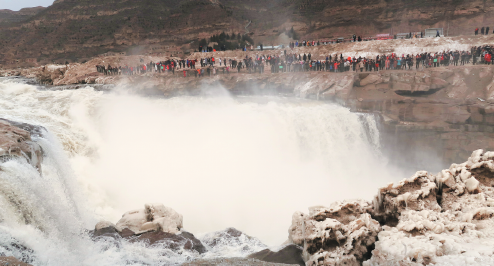
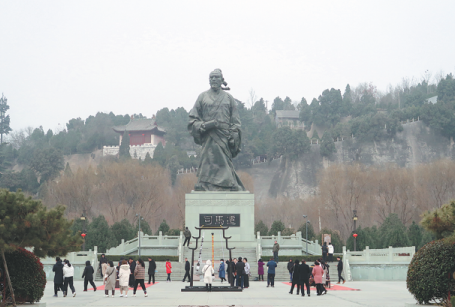
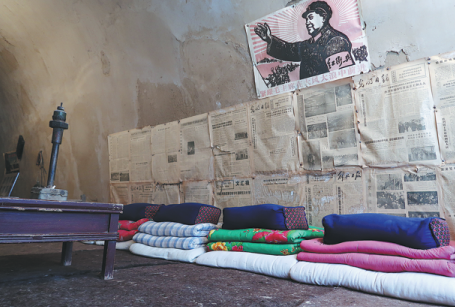
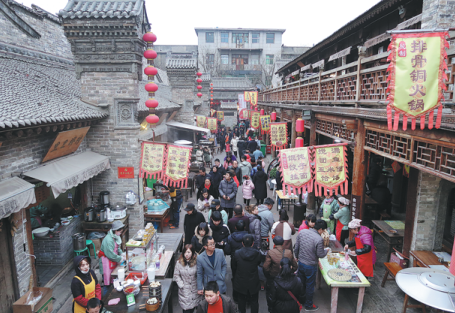
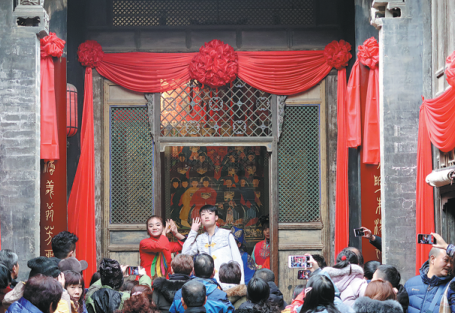
Today's Top News
- World Games dazzles audiences in Chengdu
- Choirs send message?of amity?at games' opening
- Foreign trade stays on stable growth track
- 'China shopping' boom spurred by favorable policies helps drive growth: China Daily editorial
- New tariff threat to ensure the chips fall to US: China Daily editorial
- China completes first landing, takeoff test of manned lunar lander



















